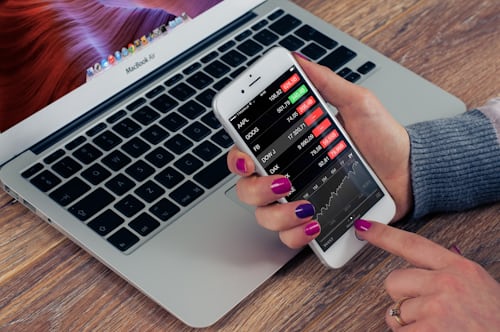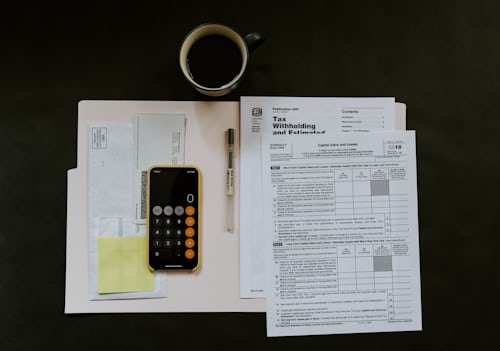Leverage Certificates Explanation and Overview

Trading on the stock exchange is varied thanks to the different asset classes. A little bit of thrill is also part of trading, after all, prices can only be predicted, but not guaranteed. High returns, but nevertheless high losses, can be achieved in this way. One of the riskier investment strategies is trading with leverage certificates. I will show you what is behind this in this article.
What are leverage certificates? - Explanation for beginners
There are different asset classes available for trading on the stock exchange. One of them is certificates. However, the debt instruments with a derivative character are traded differently than classic trading instruments, such as shares or funds. Instead of buying a trading instrument, one speculates on the performance of the financial product. This means that instead of buying, one bets on the rise or fall of prices. It is therefore an asset class in which the performance of financial products is bet on.
If the respective certificate also has leverage, this enables even greater participation in price developments. When trading structured trading instruments, it is therefore possible to generate an even higher return. On the other hand, however, the other extreme must also be considered. If it is possible to generate an exponentially higher return, high losses are also possible. We therefore maintain: the higher the leverage, the higher the risk for investors. Use login exness Asia link to check it on your own.

Leverage certificates explained easily: A calculation example
What does this mean in concrete terms? The leverage indicates the ratio of the price movement starting from the underlying. This is easy to explain with a calculation example:
Let's assume that the investor Mareike wants to buy Amazon shares at a price of the underlying asset of 100 euros. The issuer Dominik stands in opposition to this. An Amazon share is not cheap and so Mareike asks Dominik if he can lend her 99 euros. Dominik agrees, but makes the condition that Mareike sells the shares again when the price falls to 99 euros.
This is thus a kind of loan that issuers grant to investors - which is of course not only friendly, but also brings the issuer a possible return. If the price rises to 101 euros, Dominik achieves a plus of 100% thanks to the leverage. However, it can of course also happen that the shares fall and then a minus of 100% is achieved.
With the help of this example, you can easily explain how the trading of leverage certificates works. If you want to trade with leverage yourself, you can use the formula to calculate the leverage.
Types of leverage certificates
Trading with leverage works with almost any trading instrument. You can trade with leverage on shares, ETFs, commodities, derivative products or even Forex. However, leverage certificates can also be distinguished in their sub-genres. In order to make the differences between the leverage certificates clear for every investor, we will look at different forms of the certificates below and subsequently at individual ETFs on asset classes as examples.